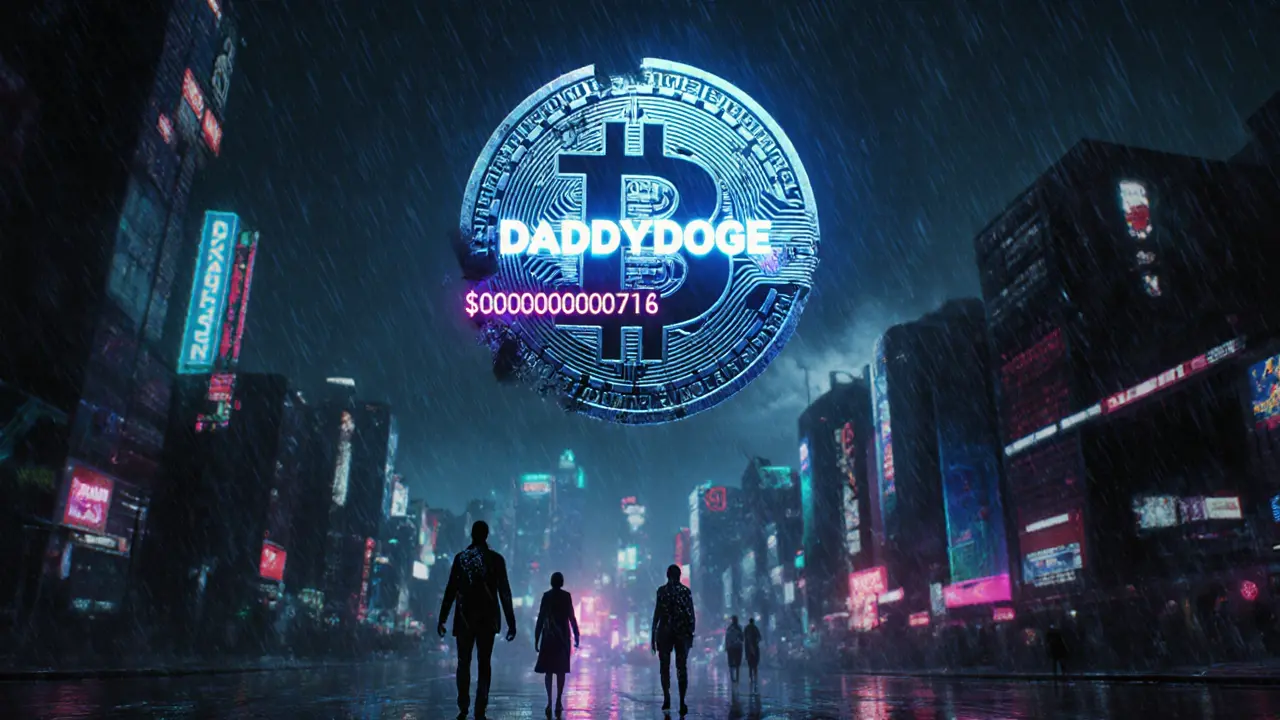Daddy Doge (DADDYDOGE) is a deflationary meme coin on Binance Smart Chain that launched in 2021 with a complex tokenomics model. Today, it's nearly worthless, with near-zero trading volume, no development, and a collapsed price. Here's why it's not worth holding.
Deflationary Token: What It Is and Why It Matters in Crypto
When you hear deflationary token, a cryptocurrency designed to reduce its total supply over time to create scarcity. Also known as burning token, it’s the opposite of inflationary coins like Bitcoin, which have a fixed cap but no active reduction in supply. Unlike traditional money that loses value when printed too much, a deflationary token gets scarcer—often by destroying a portion of every transaction or locking up coins permanently. This isn’t just theory. Projects like Binance Coin (BNB) started with scheduled coin burns, and others like Shiba Inu have burned billions of tokens to shrink supply. But not all deflationary designs work as promised.
What makes a deflationary token different isn’t just the burn mechanism—it’s the tokenomics, the economic model behind how a cryptocurrency is created, distributed, and destroyed. A good tokenomics model balances supply reduction with demand. If no one wants to buy the token, burning 90% of it won’t make it valuable. That’s why so many deflationary tokens crash after the initial hype. The coin burn, the process of permanently removing tokens from circulation sounds smart, but if the team stops developing the project, or if trading volume dries up, the burn becomes a ghost story. Meanwhile, inflationary token, a cryptocurrency with a growing or unlimited supply can still thrive if it has real utility—like staking rewards or network fees that keep users engaged.
Most deflationary tokens you’ll find today are memecoins or low-liquidity projects with no real use case. They rely on the idea that less supply = more value, but that’s only true if people are still buying. Look at the posts below: you’ll see tokens like PumaPay and Perezoso that claimed to be scarce but ended up worthless because no one cared. Others, like BNB, prove that deflationary mechanics work best when backed by a functioning ecosystem. The key isn’t just burning coins—it’s building something people actually use. What follows is a collection of real cases, scams, and lessons from tokens that tried—and failed—to make scarcity work. You’ll learn what to look for, what to avoid, and why most deflationary tokens vanish before their burn cycles even finish.

